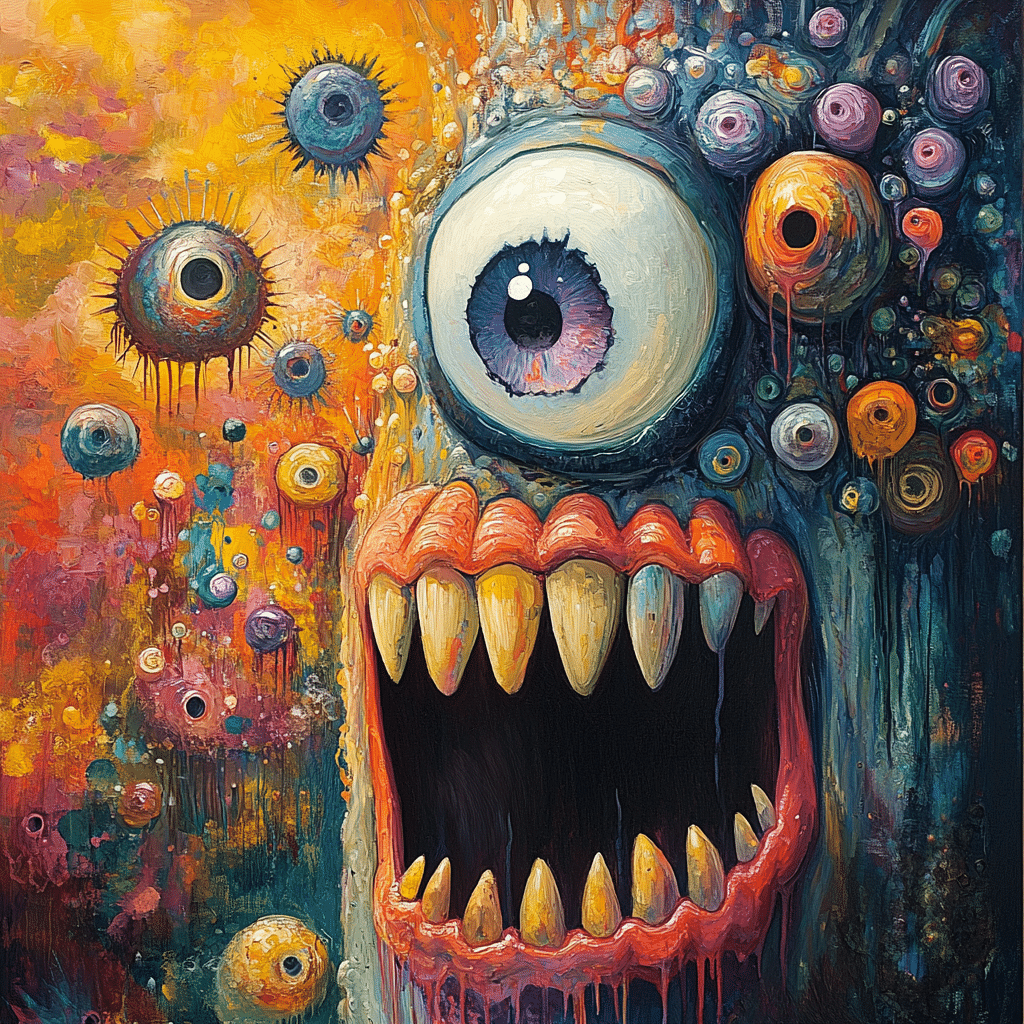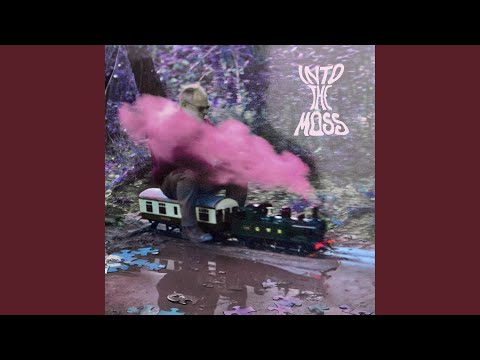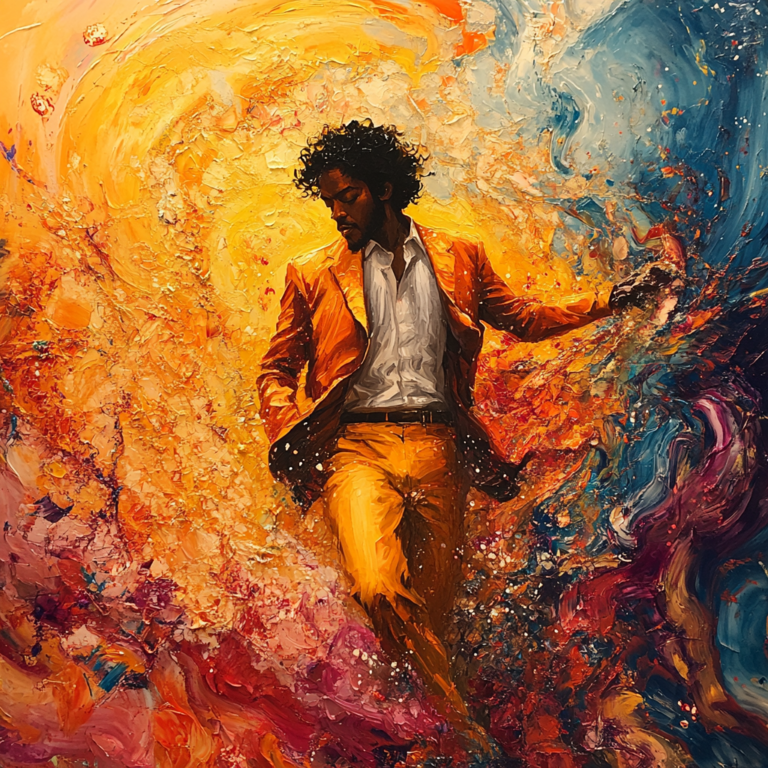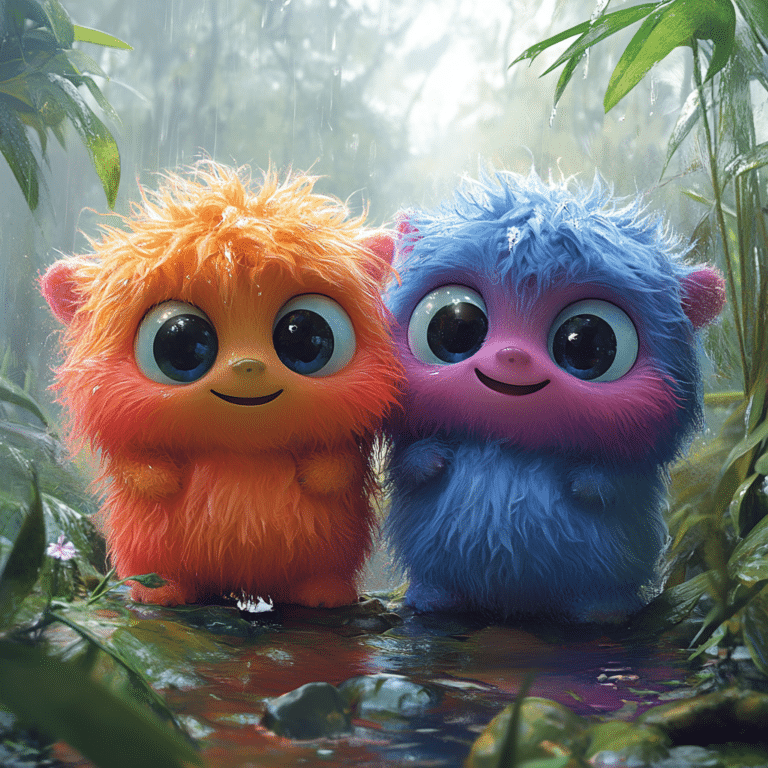
Understanding Terrification: The Psychology Behind Fear
Terrification is more than just a tactic to scare people; it’s a tool that digs deep into human psychology, spurring reactions that can either paralyze or propel us. Our primal instincts kick in when we face fear, provoking the age-old fight-or-flight response. This fascinating dynamic can lead to everything from inspiring social change to engaging in serious self-reflection. In a world loaded with challenges, terrification serves as a call to arms, showcasing how fear can be turned into a powerful motivator in diverse fields.
Today, terrification stitches itself seamlessly into the fabric of activism and marketing. Did you know that organizations utilize this element of fear to rally support or sway opinions? It’s startling to see how different domains leverage terrification for compelling purposes—whether to stir the conscience around pressing societal issues or to drive consumers towards their products. Fear isn’t just a shadow lurking in the corners; it can be a potent force driving meaningful conversations and changes.
Understanding this complex interplay provides insight into how fear can inspire action, challenge our perceptions, and shape the narratives we tell ourselves and each other. As we explore this phenomenon further, we’ll dive into specific examples of how terrification has been wielded effectively—sometimes with startling success, other times invoking ethical dilemmas that beg for reflection.

Top 5 Examples of Terrification in Activism and Marketing
Greenpeace takes the prize when it comes to harnessing terrification in their climate change campaigns. With breathtaking imagery of melting ice caps and striking depictions of nature’s fury, their messaging is hard to ignore. By creating a terrifying vision of our planet’s future, Greenpeace encourages people to take action in support of environmental policies. The haunting visuals force us to confront uncomfortable truths, making it crystal clear that the future of our planet hangs in the balance.
The Truth Initiative doesn’t hold back in their anti-smoking campaigns, and they shouldn’t. Graphic images of damaged lungs, alongside heartfelt testimonials from those who’ve battled addiction, illustrate the severe toll smoking takes. This riveting form of terrification is particularly effective among younger audiences, who are often drawn in by startling visual content. Shockingly, research reveals that fear appeals can lead to substantial drops in smoking rates, effectively shining a light on how valuable this tactic can be.
Jordan Peele’s culturally resonant film “Get Out” serves as a case study in how terrification can foster societal dialogue. By intricately weaving horror elements with biting social criticism, Peele not only unsettles audiences but also encourages deeper conversations about race and identity. This blend of fright and discussion turns a simple horror flick into a powerful cultural commentary that lingers long after the credits roll, showcasing how entertainment can challenge the status quo.
Ever notice how Apple launches create a frenzy of excitement and urgency? This is terrification at play, leveraging the fear of missing out—often called FOMO. With exclusive product releases and limited availability, Apple plays on our innate anxiety about not being part of the latest tech trends. This fear isn’t just psychological; it catalyzes consumers to snatch up products faster than a flash, fostering loyalty that’s second to none.
Terrification often seeps into the political arena, and it can be a double-edged sword. The 2016 U.S. Presidential Election is a prime example, where fear of immigration, terrorism, and job insecurity shaped the political landscape. Messaging like this can galvanize supporters and spark critical discussions about national identity, safety, and the future. While some may label it divisive, one can’t deny that terrification can wield a significant influence over voter behavior and public sentiment.

The Cultural Impact of Terrification: When Fear Inspires Action
Fear often acts as an undercurrent in storytelling, transcending mediums from films to advertisements, subtly shaping societal values and assumptions. The narratives constructed around terrification can catalyze transformative action—pushing communities to rally together or prompting movements that challenge the status quo. While fear can initially lead to anxiety, it can just as easily inspire courage and resilience.
Consider the Black Lives Matter movement, which highlights how the terrification arising from systemic injustice can unite individuals from diverse backgrounds. The sheer horror of police brutality has not only prompted protests but has also ignited essential dialogues about racial equality. This underscores how fear, when harnessed effectively, can lead to large-scale societal changes that demand an immediate reckoning.
In our cultural landscape, terrification serves as both a motivator and a mirror reflecting our deepest anxieties. As we share stories of fear and resilience, we find common ground, and together, we can work toward constructive solutions that heal rather than divide.

Harnessing Terrification: Ethical Considerations
As with any powerful force, the usage of terrification isn’t without its pitfalls. While it can motivate, it can also breed misinformation and create paranoia. Campaigns that exploit fear disproportionately can lead to ideological splits rather than unity, raising pressing ethical concerns. It’s vital that brands and activists recognize the line between stimulating awareness and stoking unnecessary fear.
Moreover, the constant bombardment of fear-based messaging can lead to desensitization—when we’re inundated with dread, it loses its sting. Thus, it’s essential for communicators to strike a thoughtful balance. They should evoke fear but also offer informed narratives and constructive solutions. It’s not enough to frighten; audiences need honesty and hope just as much.
By proactively engaging with fear, organizations can inspire responsible actions while respecting the intellect and emotions of their audiences. This balance fosters a culture where fear serves as an impetus for action rather than a source of division.

Innovative Wrap-Up: Reshaping Fear into Constructive Inspiration
At its core, terrification can be a powerful catalyst for societal change, encouraging us to confront our fears and take decisive action. As the landscape of our lives becomes increasingly challenging, it’s crucial to grasp how fear can spark genuine dialogue. The key is finding harmony—using terrification to motivate positive actions while fostering empathy and understanding.
As we continue to navigate life’s uncertainties, responsibly embracing the power of fear can inspire reactions that matter. It’s time to redefine what terrification means for us. By transforming fear into a tool for engagement, we can rally together, paving the way for growth, compassion, and significant change. Let’s harness terrification to inspire not just instinctive reactions, but deep, meaningful transformations that can reshape our society for the better.
For more on related topics, check out the Columbia Movie theaters recent events or discover the true meaning of “wack” and the essence behind unseasoned chicken on our site. There’s a lot more to explore!
Terrification: A Powerful Act of Fear That Inspires
The Roots of Terrification
Did you know that terrification isn’t just a modern creation? It traces back through history, showing how fear’s fierce grip can lead to lasting inspiration. In pop culture, actors like Jennifer Love hewitt in 2023 have made waves by portraying characters that exploit fear, reminding us that terrification has long been a tool for storytelling. But it’s also worth considering how fear can have radical effects beyond entertainment. For instance, in finance, understanding terms like Pmi home loan definition offers insights into financial decisions that can either terrify or empower homebuyers.
Terrification in Real Life
Conversely, fear is palpable in everyday life, often leaving its mark in surprising ways. Take the word “wack,” for example—it’s now a common slang term that conveys something that’s strange or uncool, embodying a mild form of terrification. For clarity, exploring the Wack meaning can actually reveal how fear of judgment can govern our choices, from fashion to social circles. And while we often seek to alleviate fear through humor or coolness, it’s fascinating to see how even darker forms of entertainment, such as some content found on blog Del Narco Videos, play on our innate terrification—the thrill mixed with a hint of horror.
The Impact of Terrification
Terrification doesn’t just freeze people in fear; it pushes boundaries in thought and behavior. In the competitive housing market, some are terrified of rising prices and looming interest rates. But navigating this maze can yield rewards; striving for the best home loan rates can be empowering when armed with knowledge. It’s amazing how confronting terrification can lead to better decision-making, helping folks realize that sometimes, fear can ignite inspiration and drive action.
Learning about terrification reveals it as a complex instrument of fear that can resonate at many levels, shaping not only our interactions but also how we approach life and seize opportunities!

What is the meaning of the word terrification?
Terrification means an act of terrifying someone. It’s a term that may sound old-fashioned or is primarily used in Scotland, but the idea behind it is pretty straightforward: it’s about instilling fear.
What does I’m terrified mean?
When someone says, “I’m terrified,” it means they’re feeling extreme fear or anxiety about something. It’s a strong reaction, often implying that the person feels overwhelmed by the situation or the thought of what might happen next.
What is the origin of the word sanguineus?
The word sanguineus comes from the Latin word “sanguis,” which means blood. Historically, this term has been used to describe things relating to blood, especially in medical or literary contexts.



























